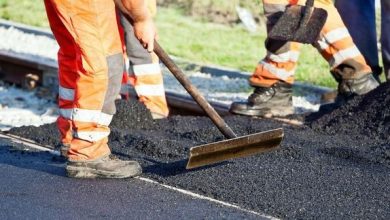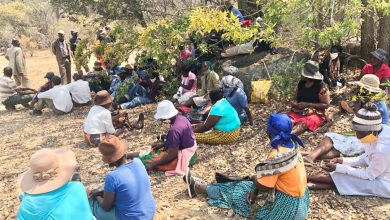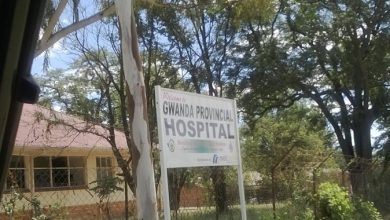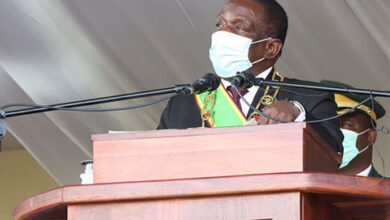Zim launches Rural Livelihoods Assessment to assess nutrition status

The Zimbabwe Livelihoods Assessment Committee (ZimLAC) has commenced its Rural Livelihoods Assessment for 2024, to assess the nutrition status for the rural population countrywide in the midst of the continuing drought.
The exercise comes at a time when the country is experiencing a severe El Niño-induced drought expected to result in acute food shortages.
President Emmerson Mnangagwa recently declared the drought a state of national disaster.
Food and Nutrition Council Deputy Director – Assessments, Research, Monitoring and Evaluation (ARME) Unit, Innocent Mangwiro, said the exercise, whose overall purpose of the assessment is to provide an annual update on livelihoods in Zimbabwe’s rural areas, will be conducted between May 4 and May 18, 2024.
Mangwiro said ZimLAC has thus far conducted 11 urban and 23 rural livelihood assessments and the information obtained is used for policy formulation and programming by the government and its development partners.
“This is the 24th rural livelihood assessment we are carrying out. The specific objectives of the assessment include estimating the rural population that is likely to be food insecure in 2024/2025 consumption year, their geographic distribution and the severity of their food insecurity, assessing the nutrition status of children from six to 59 months and five to 19 years and adults of all age groups,” Mangwiro said.
The deputy director said the aim with this exercise was to describe the socio-economic profiles of rural households in terms of identifying characteristics such as their demographics and access to basic services.
“Basic services such as education, health services, water, sanitation and hygiene services, then assets, income sources, urban agriculture, incomes and expenditure patterns, food consumption patterns and consumption coping strategies, determine the coverage of humanitarian and developmental interventions,” he said.
Mangwiro said the other objectives include profiling rural livelihoods, measuring resilience and identifying constraints faced by households to improve their resilience, determining the effects of shocks experienced by communities on food and nutrition security and identifying development priorities for communities.






